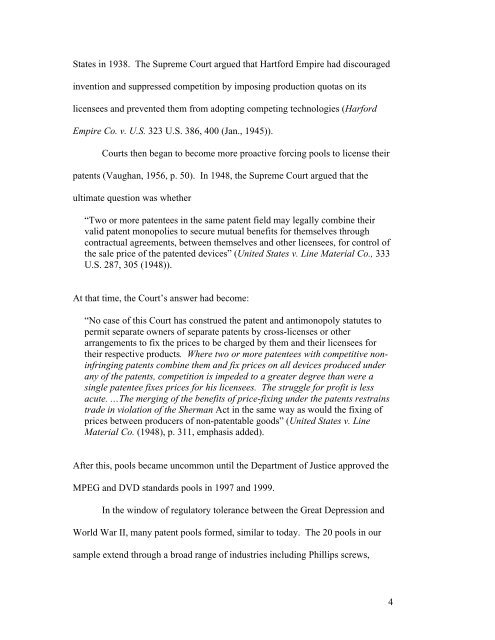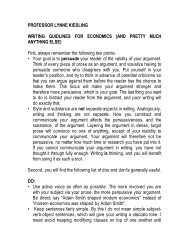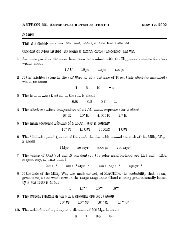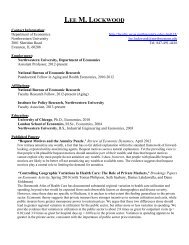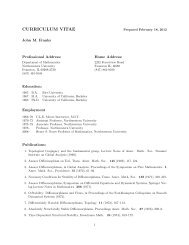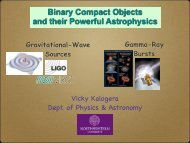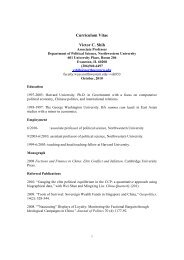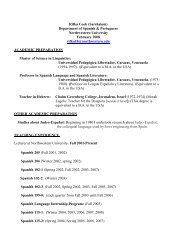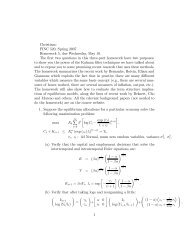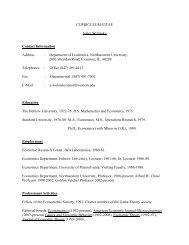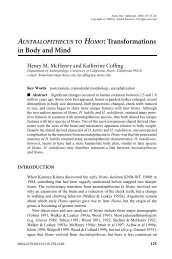DO PATENT POOLS ENCOURAGE INNOVATION? EVIDENCE ...
DO PATENT POOLS ENCOURAGE INNOVATION? EVIDENCE ...
DO PATENT POOLS ENCOURAGE INNOVATION? EVIDENCE ...
Create successful ePaper yourself
Turn your PDF publications into a flip-book with our unique Google optimized e-Paper software.
States in 1938. The Supreme Court argued that Hartford Empire had discouraged<br />
invention and suppressed competition by imposing production quotas on its<br />
licensees and prevented them from adopting competing technologies (Harford<br />
Empire Co. v. U.S. 323 U.S. 386, 400 (Jan., 1945)).<br />
Courts then began to become more proactive forcing pools to license their<br />
patents (Vaughan, 1956, p. 50). In 1948, the Supreme Court argued that the<br />
ultimate question was whether<br />
“Two or more patentees in the same patent field may legally combine their<br />
valid patent monopolies to secure mutual benefits for themselves through<br />
contractual agreements, between themselves and other licensees, for control of<br />
the sale price of the patented devices” (United States v. Line Material Co., 333<br />
U.S. 287, 305 (1948)).<br />
At that time, the Court’s answer had become:<br />
“No case of this Court has construed the patent and antimonopoly statutes to<br />
permit separate owners of separate patents by cross-licenses or other<br />
arrangements to fix the prices to be charged by them and their licensees for<br />
their respective products. Where two or more patentees with competitive noninfringing<br />
patents combine them and fix prices on all devices produced under<br />
any of the patents, competition is impeded to a greater degree than were a<br />
single patentee fixes prices for his licensees. The struggle for profit is less<br />
acute. …The merging of the benefits of price-fixing under the patents restrains<br />
trade in violation of the Sherman Act in the same way as would the fixing of<br />
prices between producers of non-patentable goods” (United States v. Line<br />
Material Co. (1948), p. 311, emphasis added).<br />
After this, pools became uncommon until the Department of Justice approved the<br />
MPEG and DVD standards pools in 1997 and 1999.<br />
In the window of regulatory tolerance between the Great Depression and<br />
World War II, many patent pools formed, similar to today. The 20 pools in our<br />
sample extend through a broad range of industries including Phillips screws,<br />
4


